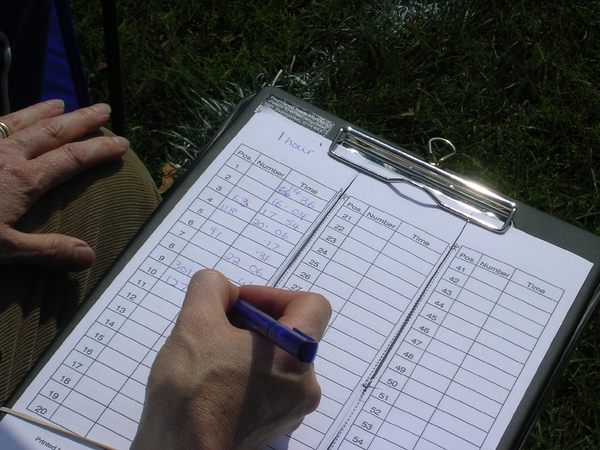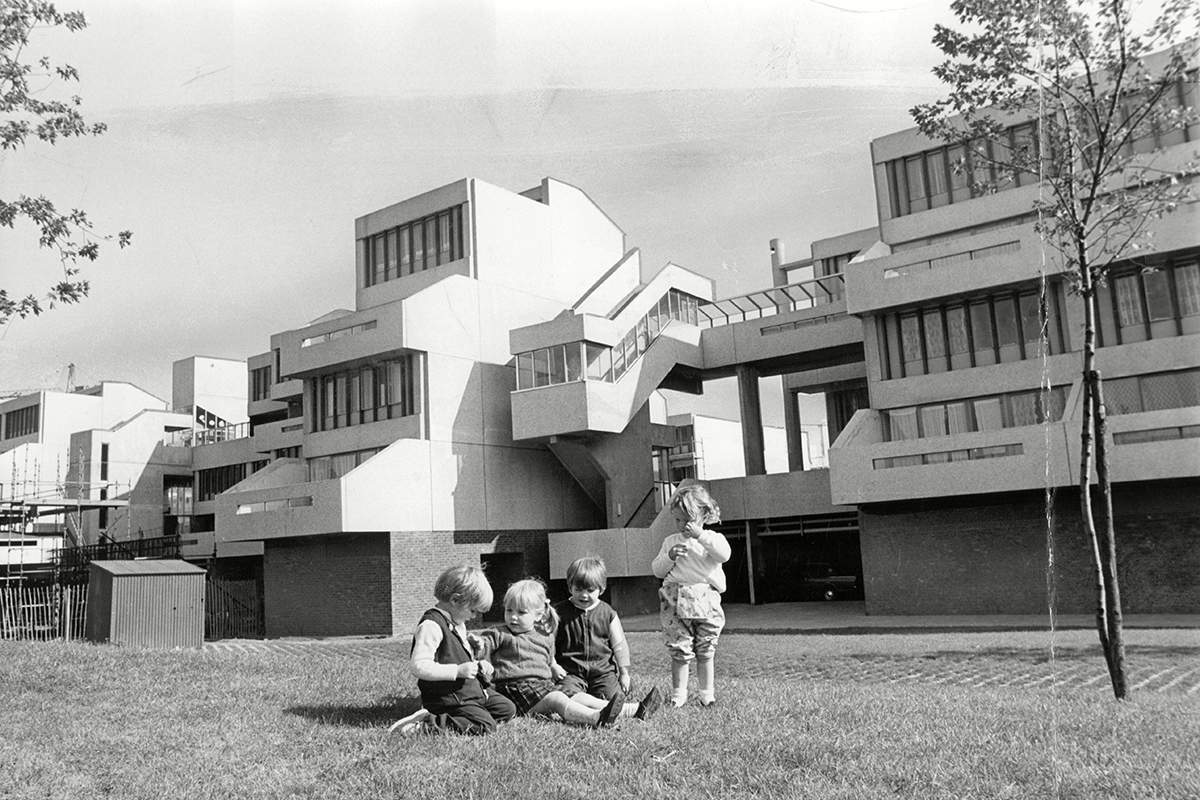You are viewing 1 of your 1 free articles
English Housing Survey: what have we learned?
Based on data from 13,000 households and now in its 50th year, the government-commissioned English Housing Survey acts as a barometer of attitudes and conditions across the housing market. Gavriel Hollander picks out some key numbers from the latest edition
The headline figures for the English Housing Survey were published in January, showing trends such as the continuing growth of the private rented sector (PRS) and the rising aspiration of many social tenants to buy.
But last week, the aspect which really excites housing enthusiasts was released. Published across more than 100 separate data tables, feeding into 20 headline reports the full data - available here - on a wide variety of housing trends across the three main tenures of English housing, owner-occupiers and private and social renters was made public.
The major cavaet to bare in mind is that this data covers the period for April 2016 to April 2017 - so it is 15 months old and does not capture any recent changes, including those following the Grenfell Tower fire. Nonetheless, it captures several interesting trends, and here we analyse four of the key areas.
Rent and housing benefit
The survey lays bare the increasing financial pressure on tenants in the private rented sector.
The proportion of market renters in England paying high rents has been trending up every year except one since the survey began tracking the data in 2008/09.
In 2016/17, more than half of private renters paid at least £150 per week before housing benefit, with just over a third (34%) paying more than £200. In 2008/09, less than 20% paid £200.
Mean rent before housing benefit is factored in was £192 last year in the private sector and £102 for social renters.
Within the social sector, council tenants (£97) on average paid less than housing association tenants (£105).
Even when taking renters who do not receive housing benefit out of the figures, there is still a big gap between how much private and social tenants are paying. Average rent after benefit for claimants in the private sector is £65, more than three times the £19 that social renters pay on average.
This is despite private renters on housing benefit claiming an average of £103 compared to £82 that social tenants claim.
The survey found that housing benefit was claimed by 59% of social renters and 22% of private
renters.
Repairs and maintenance
Satisfaction with the way landlords carry out repairs and maintenance is at its lowest level among social renters for 12 years.
The survey reveals a growing gap between the satisfaction levels of social and private renters when it comes to repairs. Less than two-thirds (65%) of those in the social sector said they were satisfied with the way repairs are carried out, while 71% of private renters were satisfied.
Just four years ago, a higher proportion of social than private renters (69% vs 67%) were satisfied with their landlords’ approach to repairs and maintenance.
That year (2012/13) was the peak in terms of social renters’ satisfaction with repairs and maintenance since the survey began recording the metric in 1994. This year’s figure is the lowest since 2004/05 when just 63% said they were satisfied.
There is also a clear trend showing that satisfaction among housing association tenants is getting worse, while council tenants are increasingly satisfied.
Just 64% of housing association tenants were satisfied in 2016/17, while the figure was 67% among council tenants. While that difference doesn’t seem significant, the trend is worrying for housing associations.
In 2008/09, 71% of their tenants were happy with how repairs were managed compared to 64% of council tenants.
Fire safety
Private rented homes carry far greater fire risk than other rental tenures according to the survey.
The 2016/17 figures show more than one million homes, or 4% of dwellings across England, were assessed as “having a significantly higher than average risk of fire”, with remedial action recommended.
However, that statement was true for 6% of homes in the private rented sector, while only 1% of housing association homes were said to have higher risk. Among council homes, 2% carried this highest level of risk, while the figure was 4% for owner-occupied homes.
Despite there being higher fire risk in the private sector, the survey shows that social tenants (1%) are more likely to have experienced a fire in the past two years, than owner occupiers (2%).
Only 86% of households that experienced a fire had smoke alarms, compared to the 95% of all households in England that have smoke alarms.
Housing association-owned homes are also the most likely to have working smoke alarms fitted (95%), while private rented homes were the least likely (88%).
However, private landlords seem to be improving in terms of smoke alarm installation. In 2008/09, only 76% of homes in the private sector had working smoke alarms, compared to 89% of housing association homes.
Social tenants
The profile of those who rent in the social housing sector has changed over the past decade, according to the survey.
Social tenants are more likely to be employed now than they were 10 years ago, with 43% in work in 2016/17 compared to 31% in 2006/07.
The proportion of those described as “economically inactive” decreased over the same period from 28% to 21%.
By comparison, 74% of private tenants were in work in 2016/17 and 61% of owner occupiers.
Overcrowding in the social sector has worsened over the past two decades. The current survey shows that 7% of homes are overcrowded, up from 5% in 1996/97, while the proportion of under-occupied homes fell from 12% to 8%.
Overcrowding in the private rented sector last year stood at 5%, meaning overall, around half a million rented homes in total suffered from overcrowding.
Rent arrears has also become a bigger problem among social tenants in recent years. In 2016/17 a quarter of social tenants said they had been in arrears in the previous year, compared to 14% in 1996/97. In the same period in the private sector, the proportion rose slightly from 7% to 9%.
This is despite social tenants spending a lower proportion of household income on rent (28%) than private tenants (34%).











